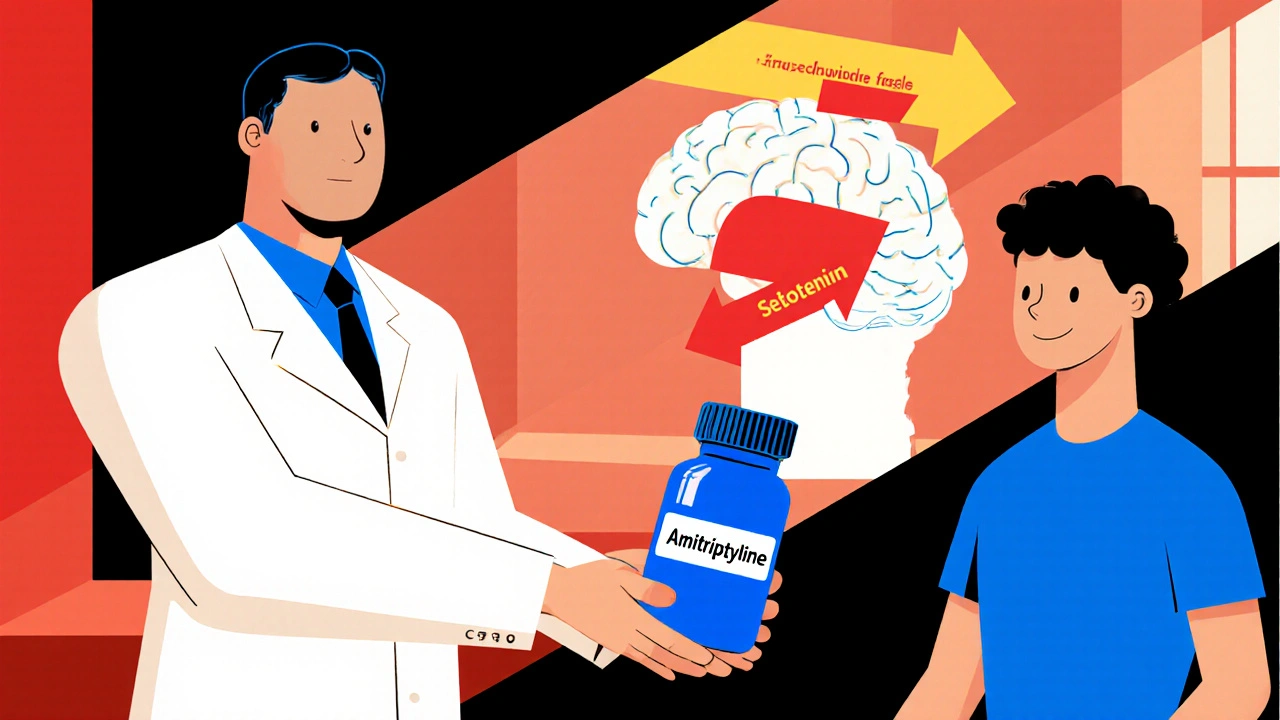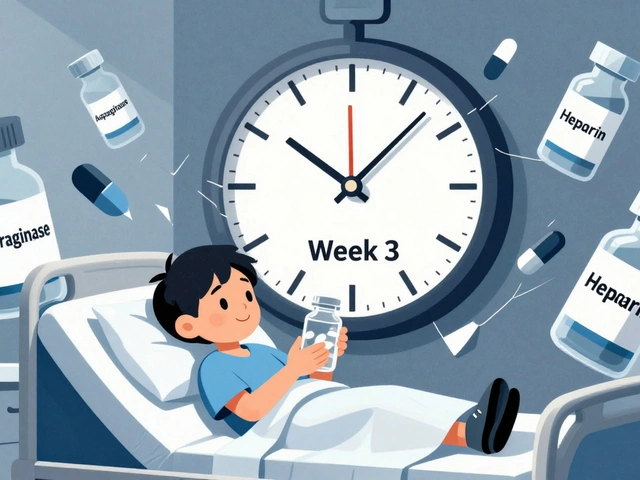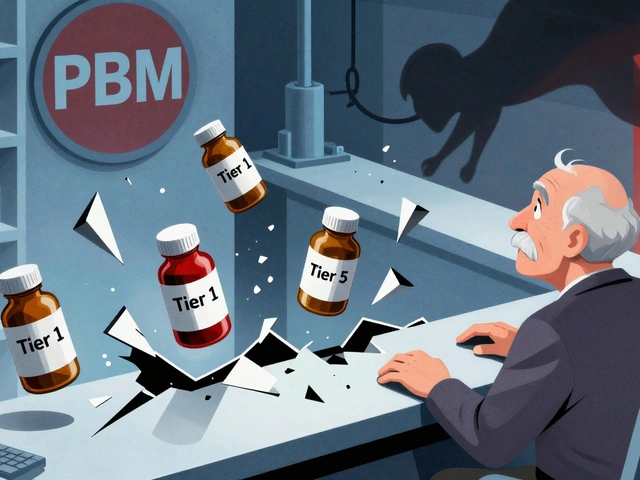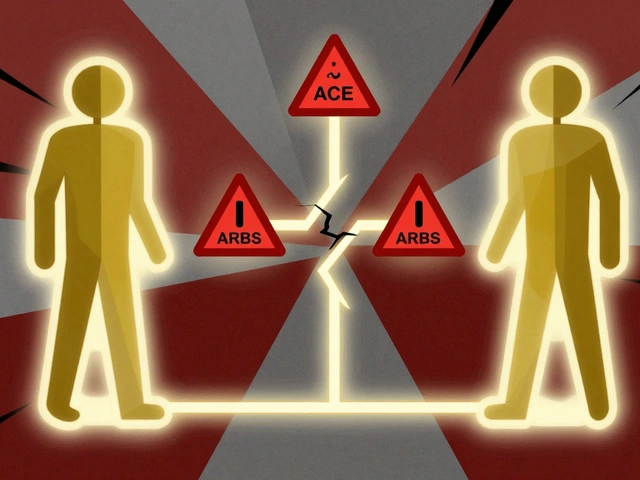Tricyclic Antidepressants: What They Are, How They Work, and What You Need to Know
When you hear tricyclic antidepressants, a class of prescription medications first developed in the 1950s to treat depression by affecting brain chemicals like serotonin and norepinephrine. Also known as TCAs, they were the go-to treatment before SSRIs came along—but they haven’t disappeared. Many people still take them today, especially when newer drugs don’t work or when they’re used for nerve pain, insomnia, or migraines.
These drugs work by blocking the reabsorption of serotonin and norepinephrine in the brain, which helps lift mood over time. But unlike newer antidepressants, they also affect other systems—like histamine and acetylcholine receptors—which is why side effects like dry mouth, drowsiness, weight gain, and blurry vision are common. You won’t find them on every pharmacy shelf, but they’re still in use because they’re cheap, effective for certain cases, and have decades of real-world data behind them. Doctors often reach for amitriptyline, a TCA frequently prescribed for depression and chronic pain conditions like fibromyalgia or nortriptyline, a metabolite of amitriptyline with fewer side effects and often preferred for older adults. Even though they’re not first-line anymore, they’re not outdated—they’re just different tools in the box.
Some people take tricyclics for reasons you might not expect. For example, low-dose amitriptyline is commonly used off-label to help with sleep issues or to calm overactive nerves in conditions like IBS or chronic headaches. That’s why you’ll see posts here about how these drugs interact with other meds, what doses actually work, and how to manage side effects without quitting. You’ll also find comparisons with newer drugs, like why someone might switch from an SSRI to a TCA after months of no improvement. The key is knowing when they’re the right fit—and when they’re not. This collection gives you straight talk on what to expect, how to spot warning signs like heart rhythm changes, and how to talk to your doctor about alternatives if things aren’t working.
There’s no one-size-fits-all here. Some people tolerate TCAs just fine. Others can’t handle the side effects. What matters is understanding your own body’s response and having clear facts—not marketing or myths—to guide your choices. Below, you’ll find real, practical guides on specific drugs, how they compare, and how to use them safely. No fluff. Just what you need to make smarter decisions about your treatment.

Amitriptyline vs Alternatives: Benefits, Side Effects, and Best Uses
A detailed guide comparing amitriptyline with its main alternatives, covering uses, side effects, costs, and how to choose the right drug for your needs.
read more




